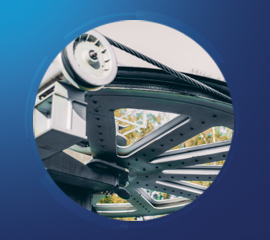Refrigeration Compressor Oils
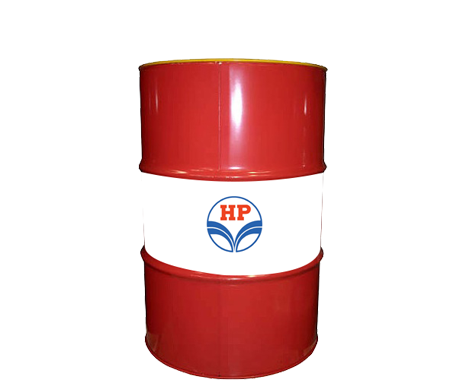
SEETUL RFL GRADES
REFRIGERATION COMPRESSOR OILS
Detail Description
New polyalkylene glycol based air conditioning/refrigeration lubricants with enhanced, wide temperature compatibility with modern refrigerants
PROPERTIES
The PAG based lubricants offer several advantages and a few of them are listed below.
1. Excellent solubility in the principle refrigerant over a wide compressor temperature range of operation, resulting in an absence of lubricant pool formation and hence maintained compressor efficiency.
2. Chemical and thermal stability. Exposure to high temperature and high levels of moisture results in minimised product degradation, which when compared to POE (polyol esters) can release corrosive acids and cause a loss of performance and possible failures
3. Excellent Viscosity Index (>200), the higher viscosity index ensures that at higher temperature there is sufficient lubricant film thickness in hydrodynamic conditions to enhance compressor life and efficiency. This can also be used by compressor manufacturers to select a lower viscosity grades to get power savings.
4. Superior lubricity compared to POE which is reflected in higher FALEX failure loads and low 4 ball wear scar dia.
5. Material compatibility, common seal and gasket materials are unaffected by PAG. The elastomers commonly found in R 134a system are compatible with PAGs. However incompatibility with certain alkyd paints and resins results in internal systems either unpainted or coated with resistant materials like epoxy resin based paints.
6. Miscibility with refrigerants, the miscibility of refrigerants is measured by critical solution temperature and within the methods (ASHRAE 86), SEETUL RFL grades remain fully miscible within the limits of -60°C to 100°C over the full range tested (1 - 30%).
7. Chemical stability, when tested according to ASHRAE std. 97-1983 (sealed glass tube), the chemical stability of PAG based product was found better than POE product even in the presence of 1 % water.
8. Hydrolytic stability, both PAG and POE are bound to absorb moisture but hydrolysis may occur in case of POE leading to formation of acidic species, potentially leading to metallic corrosion, device blockage and reduced compressor efficiency. Rapid acid number increase in POE may be catalysed by metal contamination such as some types of brazing flux and plated system components. Despite their hygroscopic nature, PAGs will not hydrolyse and will demonstrate high water tolerance.
9. Electric properties, specific resistivity when measured as per IEC 247 typically recorded a value of 108 -m, with breakdown voltages (IEC 156) being recorded as 50 - 70 kV.
10. Miscibility and stability in R 12, the older systems using the R 12 gasses were evaluated and cSt over temperature range -40 to 100°C show no abnormality in ranger concentration of 1 - 30 %. Systems using R 12 as refrigerant use mineral oil as lubricant and SEETUL RFL grades are found compatible with residual mineral oils and R 12 grades.
INTRODUCTION
Hydrofluorocarbons (HFC) are chlorine free gasses, now replacing chlorofluorocarbons (CFC) gasses worldwide as more environmentally acceptable refrigerants, HFC R 134a, which has no ozone depleting potential, is the principal refrigerant in use. Poor compatibility of HFC with mineral based lubricants has led to the introduction of synthetic lubricants for refrigeration applications. SEETUL RFL grades have been developed to meet the requirement of such industries who are switching over from CFC to HFC and show a miscibility with wide range of HFC refrigerants including 1,1,1,2 tetrafluoroethane (R 134a), difluoromethane (R32), pentafluoroethane (R125), 1,1,1-trifluoroetahne (R143a) and refrigerant blends based on these such as R 407c, R 404a, R 410 a etc.
The data developed on these PAG based lubricants indicate that they have a potential for use with refrigerants like carbon di oxide (R 744), Ammonia (R 717), propane (R 290), iso butane (R 600a) etc.which are more or less also catered to by mineral based lubricants in today’s scenario.
Physico-chemical properties
| SEETUL RFL | |||
|---|---|---|---|
| 16 | 11 | 9 | |
| Appearance | Clear, colourless & liquid | Clear, colourless & liquid | Clear, colourless & liquid |
| Viscosity @ 40ºC, cSt | 16.0 | 11.5 | 9.0 |
| Viscosity @ 100ºC, cSt | 80.0 | 61 | 46 |
| Viscosity Index | 213 | 186 | 182 |
| Pour Point, ºC | -44 | -45 | -51 |
| Flash Point, COC, ºC | 248 | 262 | 212 |
| Total Acid Number, mg KOH/g | 0.34 | <0.01 | 0.06 |
| pH 10:6 isopropanol: water @ 25ºC | 5 – 8 | 5 – 8 | 5 – 8 |
| Water Content, ppm | < 1000 | < 1000 | < 1000 |
| Specific Gravity, 20/20ºC | 1.024 | 1.002 | 0.9954 |
| R-134a Miscibility | |||
| Separation Temp @ 3% lube wt,ºC | 45 – 46 | 64 | 78 |
| Separation Temp @ 10% lube wt,ºC | 43 | 53 | 67 |
| Separation Temp @ 20% lube wt,ºC | 46 | 57 | |
| Sealed Tube Stability with R-134a (14 days, 175°C, Al, Cu, Fe metals) | Clear, Colourless fluid. No | Clear, Colourless fluid. No precipitate. All metals shiny | Clear, Colourless fluid. No precipitate. All metals shiny |
Compressor Oils

Cylinder Oil
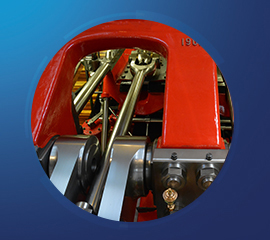
Film Oils & Steel Mill Bearing Oils

General Purpose Machinery Oils

Hydraulic Oils

Industrial Gear Oils

Machineway Oils
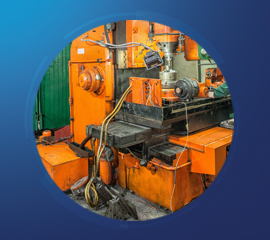
Open Gear Compounds

Pneumatic Tool Oils

Refrigeration Compressor Oils

Spindle Oils
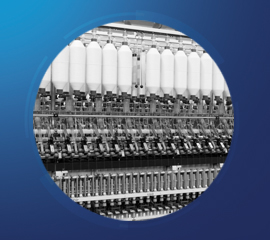
Stenter Oils
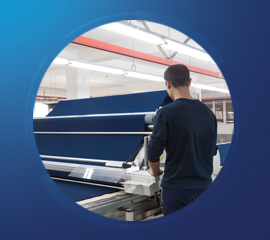
Sugar Mill Bearing Oils

Transformer Oils
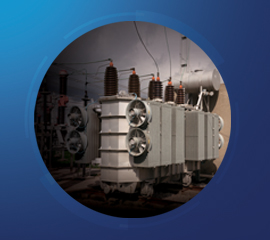
Turbine Oils

Wire Rope Lubricants
